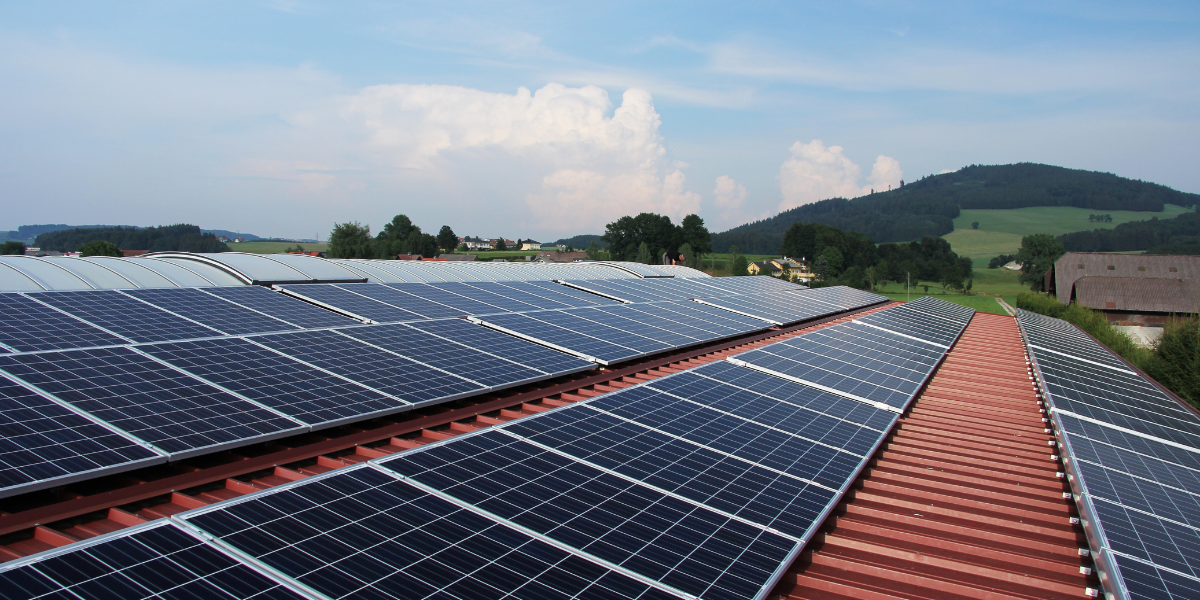With the 2021/22 financial tax year having come to an end, so does all and any hope that energy prices will begin to decline. Along with increases in national insurance, food, water, travel and council tax, the new tax year has brought record increases in global gas prices leading to a staggering 54% increase in energy cap prices.
Small and medium enterprises have been hit the hardest, with a 250% increase in the average gas bill over the last year. With continued volatility in the energy market anticipated, prices are expected to increase even further in October 2022.
Not a great start to the new tax year.
But whilst energy prices continue to grow, so do the opportunities and technologies that exist to reduce energy consumption and increase the energy efficiency of both our homes and businesses.
A range of different actions can be performed to reduce consumption and thus, costs; these range from measures that can be taken to avoid the use of energy altogether, to those that allow a switch to low carbon, cheaper sources of energy. Below we outline some key measures that can be adopted to reduce energy consumption in the construction industry.
Before exploring where you could use energy more efficiently, begin by questioning whether opportunities exist to avoid using any energy at all. Does that meeting really need to be in person? Is it necessary to drive to that workshop 150 miles away?
With the torrent of online working that’s burst onto the scene as a result of the COVID-19 pandemic, numerous opportunities now exist to work online and save on the use of fuel to travel. So if you haven’t already, explore options to move meetings and workshops online.
Whilst moving online could save on fuel, investing in energy saving equipment throughout your business will enable energy reductions to be maximised. Consider investing in new lighting (LED bulbs where possible), IT equipment, heating, ventilation, and other working equipment. To begin, run inventories on the equipment you currently have and assess their condition and how efficient they are. Focus on the pieces of equipment which are using the most energy.
You could even consider upgrading your transport fleet to electric; with fuel prices expected to further increase, now could be a great time to upgrade. Further changes to the fuel duty on red diesel are likely to provide further incentive for this change* as are emerging fuel alternatives such as Hydrotreated Vegetable Oil (HVO).

Investing into on-site solar to generate power can allow energy usage from the grid to be reduced and thus, reduce overall energy costs.
Ensure that colleagues know how to use tools, IT equipment, and machines correctly. Use the correct power modes including low/eco modes where possible, turn off equipment after use and avoid machine idling. This can be communicated through employee training and emphasized during morning meetings.
Energy Management Systems also offer opportunities to save considerably on the use of energy, through utilising energy saving devices such as automatic switches and sensors.
Where possible, opportunities to switch to low and zero carbon energy sources can also provide opportunities to reduce the cost of energy. Investing into on-site solar to generate power, and solar powered equipment, can allow energy usage from the grid to be reduced and thus, reduce overall costs.
Increasing costs as a result of energy prices will have a direct impact on businesses but additional consideration should also be given to what this cost increase could mean for the future of our buildings and homes. These increases are likely to push both businesses and homeowners to seek out more energy efficient buildings; thus, opportunities to make buildings more energy efficient should be pursued. This could include exploring passive design (utilising natural sources of heating, cooling, and ventilation) and ensuring that buildings are properly insulated.
Additionally, adding solar panels on to roofs can allow for more localised energy production and appeal further to buyers. Not only could this make your business more competitive but providing these aspects in building design could be used to further demonstrate a commitment to both the environment and social value; whilst the buzz around COP26 may have died down immediate action around climate change is still required.
Investing into measures that not only reduce energy usage and cost, but also benefit the environment and the community are an effective way to save money, reduce risk, and contribute to efforts that tackle the climate crisis.
For further information on how your business can reduce energy consumption and make savings, get in touch with us today.
* Since April 2022, the fuel duty on red diesel and red HVO has been removed. As a result, the construction sector will no longer be able to access a rebate on red diesel and will have to switch to more conventional white diesel and white HVO alternatives, both of which will be taxed at 57.95p per litre (compared to the original 11.14p per litre tax for red diesel). This increase in cost, through the extra tax, provides further incentive to be more efficient with fuel and energy use.

Sam Walker
Consultant Researcher
sam.walker@actionsustainability.com

This was posted in All Topics, Energy & Carbon, ISO 20400 Sustainable Procurement
Our Head of Climate, Dr James Cadman, shares his insights on how organisations can effectively embed carbon reduction into their sustainable procurement practices using the ISO 20400 framework.
Read Article
This was posted in Energy & Carbon, ISO 20400 Sustainable Procurement
Developed by Action Sustainability, "Responsible Sourcing of HVO – A Comprehensive Guide" explores how to responsibly procure Hydrotreated Vegetable Oil (HVO).
Read Article
This was posted in Energy & Carbon, Sustainability Strategy
Action Sustainability is partnering with SKAO for the launch of the CO2 Performance Ladder pilot in the United Kingdom.
Read Article